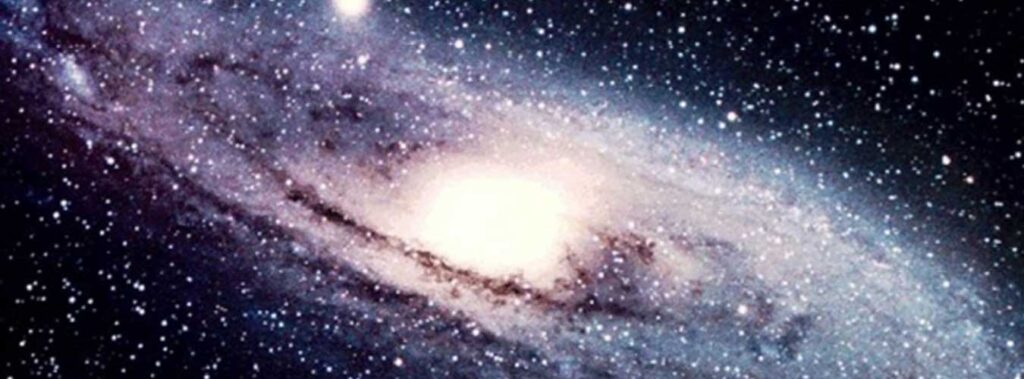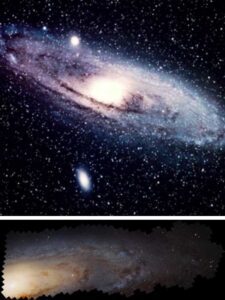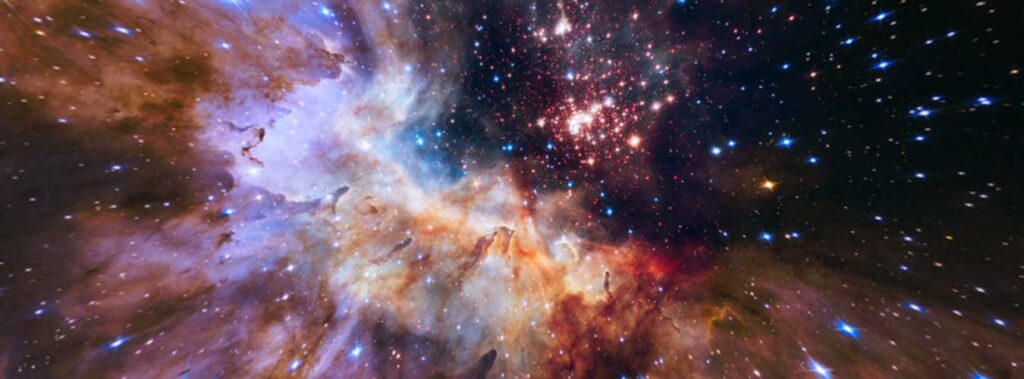Look Up! Sorting Games – How Big? How Far? How Hot?

Celebrate the upcoming launch of NASA’s James Webb Space Telescope using a new Toolkit of five interactive activities. This month’s featured activity is Sorting Games: How Big? How Far? How Hot?
Patrons explore concepts such as the size, distance, and temperature of objects in space! Facilitate this activity as an in-person program or print the sorting cards to use as a Take & Make activity.
- Time to complete: 10-20 minutes
- Ages: Pre-K to Family/Adult
- Shopping and Preparation List
- Total cost: Cost of printing cards
- STEAM Strategies Video: Guide on the Side*
*This additional planning resource provides suggestions for conducting this activity
Fundamental Space Science Concepts – How Sorting Games relates to JWST
The Sorting Games activity investigates various properties of objects in our world and their place in space. Telescopes can tell us how big things in space are, how hot they are, and how far away they are. Telescopes, such as Hubble and James Webb, collect light from these objects – such as distant stars, planets, and galaxies. We can use them to take amazing and useful pictures and analyze the light to tell us more about these distant objects. Telescopes in space can see different types of light that Earth’s atmosphere blocks from Earth’s surface, such as ultraviolet, X-rays, and infrared light.
While playing Sorting Games, participants will have the opportunity to share what they know about objects in our solar system and objects that are further in space. Most people, including very educated people, confuse the terms solar system, galaxy, and universe. Astronomers still have much to discover about objects in our solar system, our galaxy, and distant galaxies from the beginning of the universe. Engineers and technicians continue to create better and better tools to help explore these mysteries.
Our Sun, planets, moons, asteroids, and comets –everything that orbits the Sun—make up our solar system. This is where we live; our little home in a vast universe. Astronomers and planetary scientists use a variety of telescopes to study the objects in our solar system. These telescopes include observatories on Earth, in orbit around Earth and Sun, and as instruments on interplanetary robotic missions.

Our solar system is just a tiny spot within our Milky Way galaxy, a giant city of hundreds of billions of stars—many with their own planets. Our galaxy is just one of hundreds of billions of galaxies in our universe, which includes everything everywhere, all space and time and all of the matter in it, including the galaxies scattered throughout it. An analogy may help describe the differences between solar system, galaxy, and universe; if our universe was a library, then each galaxy is a book. Our entire solar system is a single word, in a single book, in the library.
Video Resources for you to use and share with patrons
- Night Sky Network video: Solar System, Galaxy, Universe: What’s the Difference?
- NASA Our World video: What Is a Solar System?
- Webb Science Short video: Our Solar System
- STAR Net JWST Event Page: Look Up! Explore Our Universe




Responses